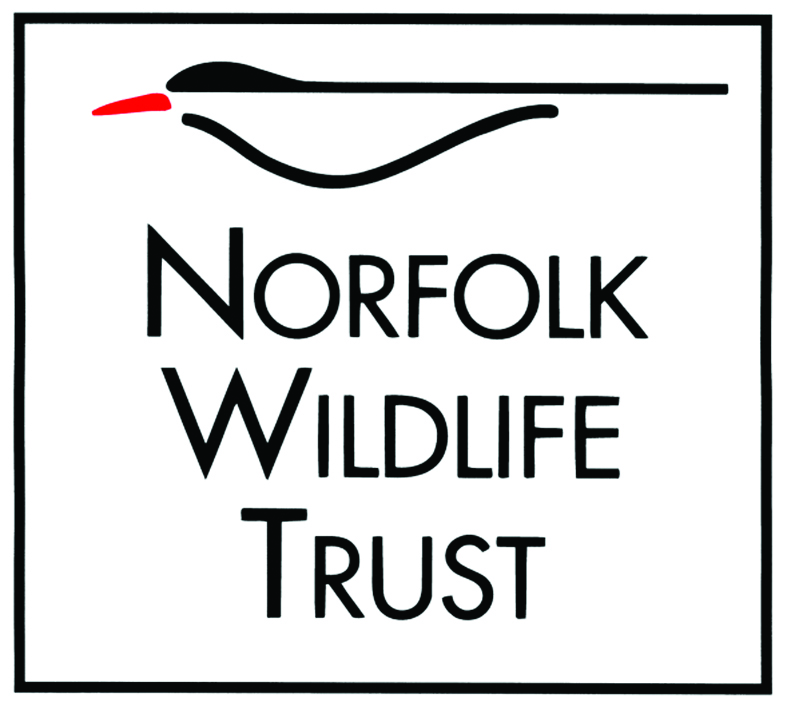Search
Search
Common poppy
Once considered a weed of cornfields, the common poppy is now in decline due to intensive agricultural practices. It can be found in seeded areas, on roadside verges and waste ground, and in field…
Ivy bee
The ivy bee is a new arrival to the UK. First recorded here in 2001, it is slowly spreading north. It feeds mainly on the nectar of ivy flowers and can be seen in autumn when this plant is in…
Bee orchid
The bee orchid is a sneaky mimic - the flower’s velvety lip looks like a female bee. Males fly in to try to mate with it and end up pollinating the flower. Sadly, the right bee species doesn’t…
Volunteer spotlight: Poppy Bye
Meet our Wildlife Watch and Wilder Wardens volunteer, Poppy Bye.
Ashy mining bee
This black and grey solitary bee takes to the wing in spring, when it can be seen buzzing around burrows in open ground.
Common carder bee
The common carder bee is a fluffy, gingery bumble bee that can often be found in gardens and woods, and on farmland and heaths. It is a social bee, nesting in cavities, old birds' nests and…
Tawny mining bee
The Tawny mining bee is a furry, gingery bee that can often be seen in parks and gardens during the springtime. Look for a volcano-like mound of earth in the lawn that marks the entrance to its…
Honey bee
Honeybees are famous for the honey they produce! These easily recognisable little bees are hard workers, living in large hives made of wax honeycombs.
Cross-leaved heath
Cross-leaved heath is a type of heather that likes bogs, heathland and moorland. It has distinctive pink, bell-shaped flowers that attract all kinds of nectar-loving insects.
Red-tailed mason bee
Also known as the two-coloured mason bee, this beautiful bee is famous for nesting in old snail shells.
Ban on bee-killing pesticide stays in place
Norfolk Wildlife Trust welcomes this week's news that the government will not be granting an emergency authorisation for Cruiser SB, a wildlife-harming neonicotinoid pesticide, requested for…
